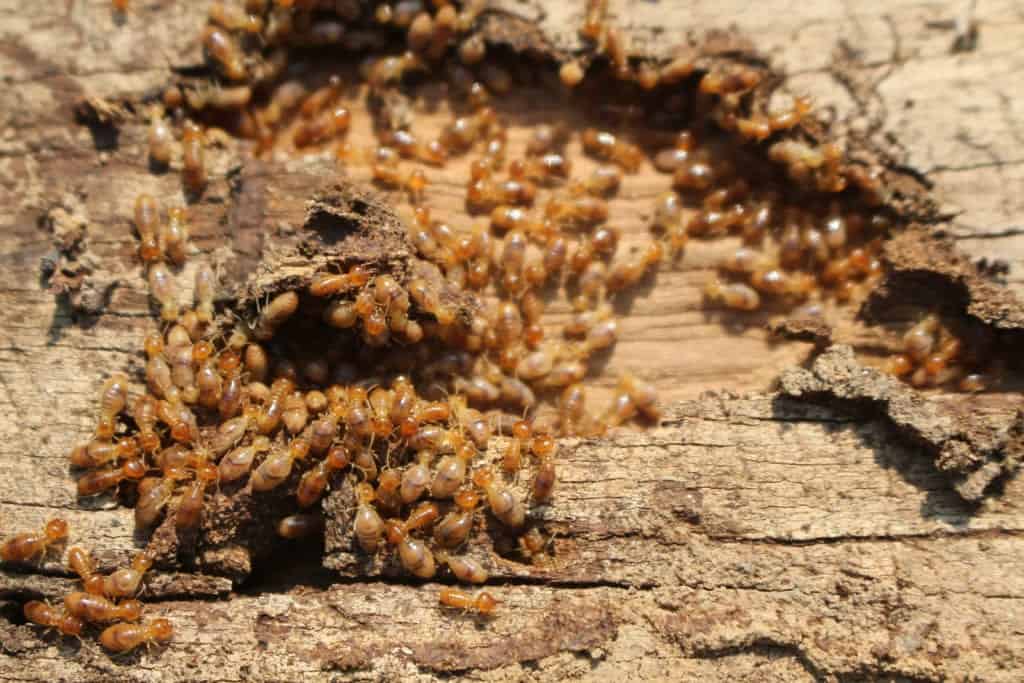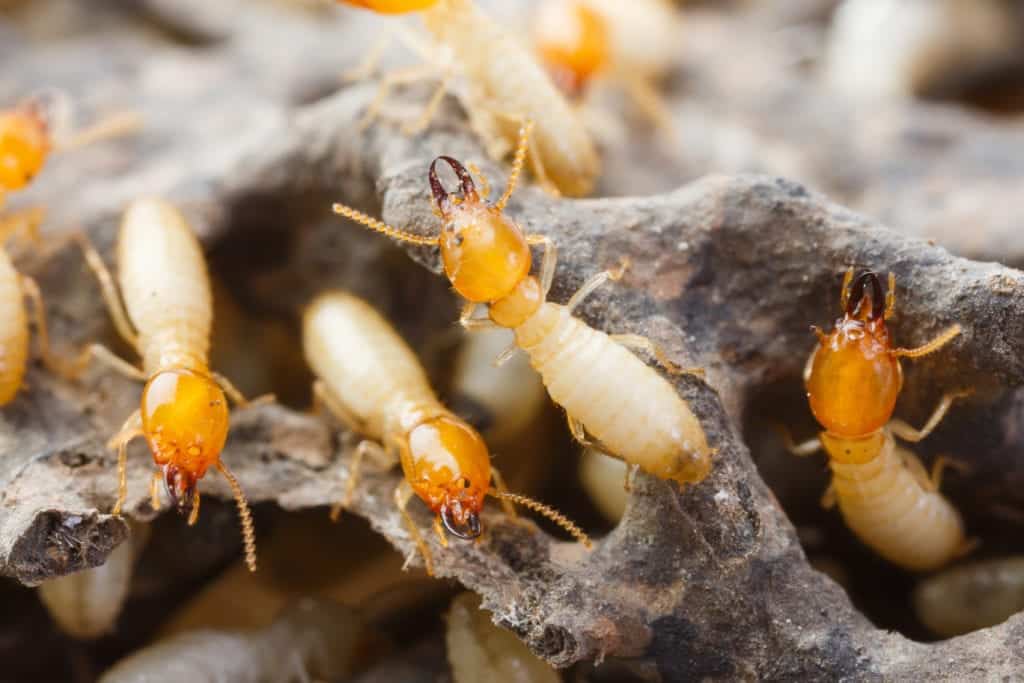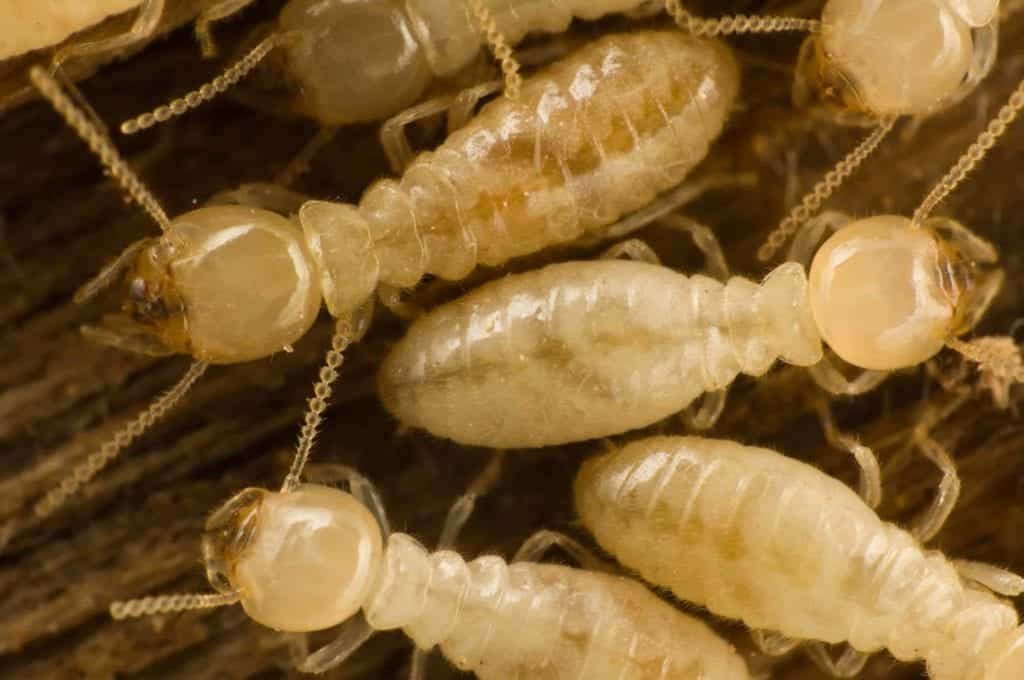Termite Tunnels
Termite Tunnels
A ‘No Blueprint’ Construction Project
While termites operate within a society similar to ants, there is no elaborate communication method when it comes to construction planning. Essentially, each individual termite has a job to do and they will dig and form tunnels with no concept of an end goal. Through studies, it has been determined that there is various different stimulus that encourages the termites to tunnel in the ways they do. Some of the stimuli that can be present includes changes in odor, heat or even light. While the construction project as a whole seems to lack organization, the methods in which different termites conduct their excavation are very intricate and can vary by sub-species. 
Unique Tunneling Behaviors
Postdoctorial animal/insect behavior researcher, Nobuaki Misumoto Ph. D. spent an extensive amount of time in Arizona in order to study the intricate constructions of termites. In connection with Arizona State University’s School of Life Sciences, Dr. Mizumoto observed and cataloged the building movements of two different termite species: the subterranean termite (Heterotermes aureus) and the long-jawed desert termite (Gnathamitermes perplexus). Both of these species constructed tunnels in the same way. The worker travels down the current tunnel until it comes to an end, burrows further into the earth or wood, then collects the debris with their mandibles before exiting the tunnel to deposit the waste outside of the colony. This repeating process with known as the “individual transportation” method. However, not all termites use this… some have figured out how to work together. The desert dampwood termite (Paraneotermes simplicicornis) operates in a fashion far removed from their distant cousins. These termites conduct their construction sites similar to an assembly line. One termite is at the front carving the tunnel. When there is enough debris, the termite will kick the pile of sand backwards (similar to a dog) in order to send it to the termite behind it. Once the second termite receives the load, it will repeat the same process to the termite behind it, and so forth. Dr. Misumoto describes the process as “a kind of bucket-brigade behavior.” Both methods are unique and intricate, begging the question, how did they get started? 
A Method to the Madness
Originally, Dr. Misumoto hypothesized that the differences in burrowing techniques had to do with the sizes of the termites. Upon investigation however, he discovered that this was, in fact, not the case. This outcome led to the realization that the individual transportation method might be an inherited trait passed down from a common ancestor for both the subterranean termites and long-jawed desert termite. Meanwhile, the desert dampwood termite may have branched off as a subspecies earlier in the evolutionary history, accounting for their unique tunneling behavior. Dr. Mizumoto intends to extend his research to figure out more about these termite tunnels. His plan is to “do comparative analyses of tunneling behavior across all of the termite species to determine the evolutionary trajectory of termite collective nest-building.” This knowledge not only will provide us with great insight into these fascinating creatures but can help with pest control efforts for home-destroying termites in the future. 
Citations
Mertz, L. (2020) Digging Deep: The Secrets Within Termite Nests, Entomology Today. Available at: https://entomologytoday.org/2020/08/19/digging-deep-secrets-within-termite-nests/ (Accessed: September 2020).
Request a Free Quote Today
(We do not share your data with anybody, and only use it for its intended purpose)


